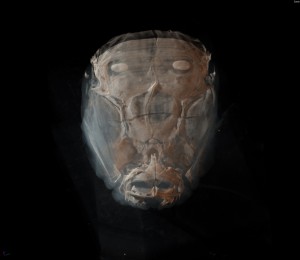Medical device and MedTech insights, news, tips and more
Special Stimulated Cartilage Could Help Repair Hard to Heal Bones
May 16, 2016

 Stem cells could one day be stimulated to make a special type of cartilage to help repair large, hard-to-heal bone fractures – a potential boon for doctors treating big-money athletes, USC researchers say.
Stem cells could one day be stimulated to make a special type of cartilage to help repair large, hard-to-heal bone fractures – a potential boon for doctors treating big-money athletes, USC researchers say.
Gage Crump, senior author, and his colleagues used the regeneration of zebrafish jawbone to show that the processes required for embryonic development are not necessarily repeated during regeneration of damaged body parts like fractured bones. The study was published online in Development last month.
“An exciting finding from our work is that, somewhat counterintuitively, cartilage is critical for healing full-thickness bone injuries,” said Crump, associate professor of stem cell and regenerative medicine at the Keck School of Medicine of USC. “By understanding how this bone-producing cartilage is generated in the simpler zebrafish model, we hope to find ways to create more of this unique cartilage tissue in patients to better heal their bones.”
Zebrafish are vertebrates that have bones like humans but differ because they have the remarkable ability to regenerate many of their organs. When human bones fracture, a limited cartilage callus forms and is replaced by bone that bridges small but not large gaps. In zebrafish, however, the researchers found that the cartilage callus continued to expand and filled very large bone gaps. Remarkably, this cartilage then changed into bone throughout the large lesion.
Why the discovery matters
Today people who have severe bone fractures may have a surgeon insert metal pins and plates to help set bone, undergo bone grafts or buy into the still-developing practice of adding stem cells to the injured area to rush recovery.
About 6 million people in the United States break a bone each year, according to the American Academy of Orthopaedic Surgeons. Although most people recover fully, about 300,000 are slow to heal or do not heal at all with traditional methods. Complications include post-traumatic arthritis, growth abnormalities, delayed union and misaligned union.
Read More – Source: Repair cartilage potentially can heal horribly broken bones | USC
